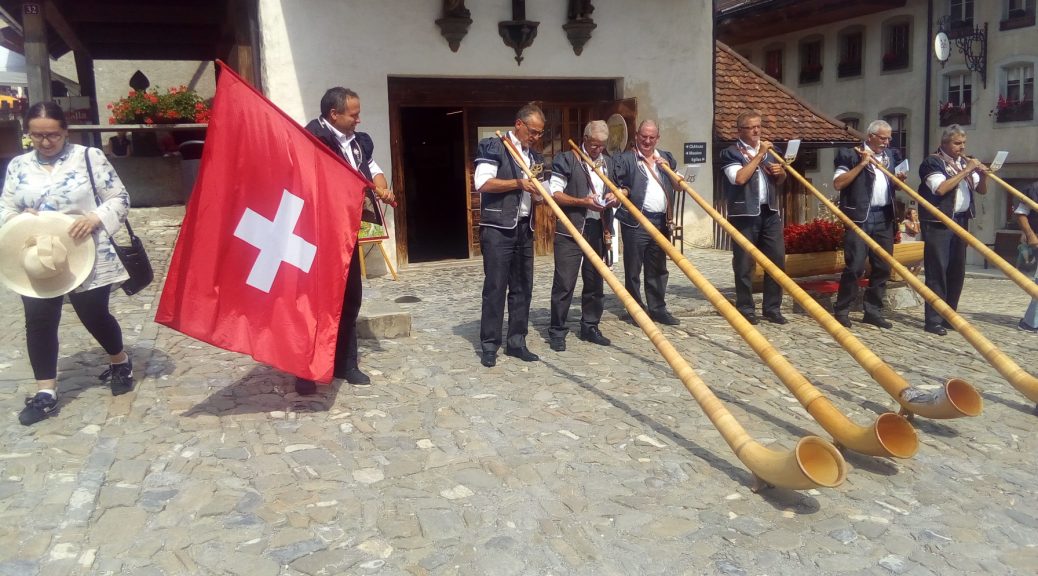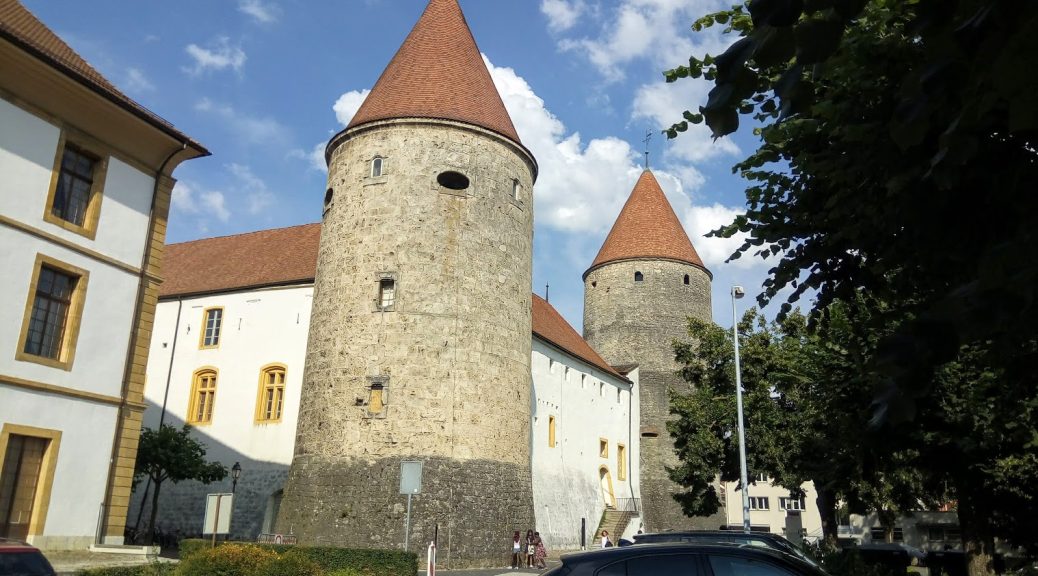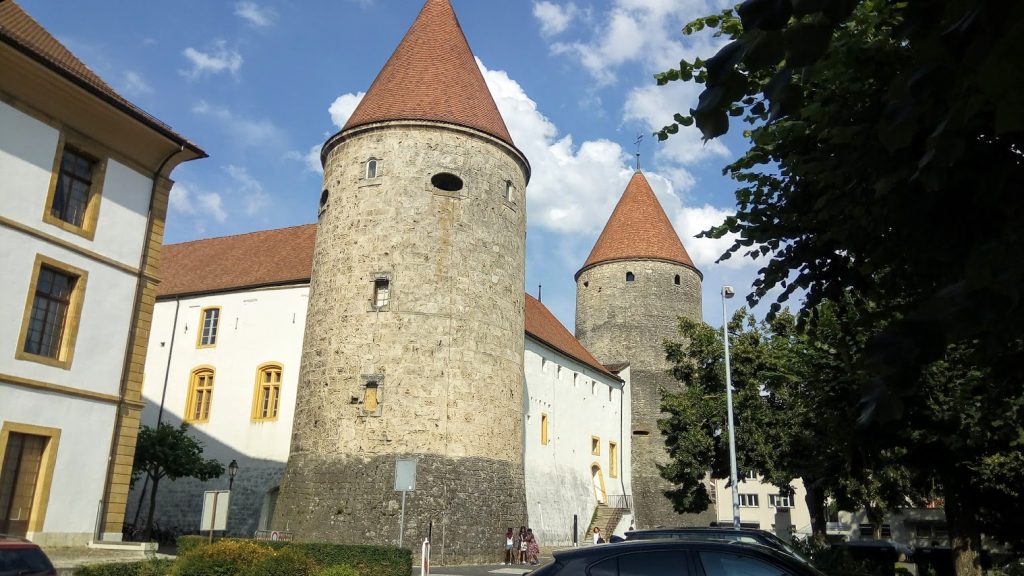Zad de la colline
In Eclépens there is a hill which is located exactly on the watershed between the Mediterranean Sea and the North Sea, it is the Mormont. Holcim has a quarry. But Holcime wants to keep digging more and more on this hill. It will disappear.

In Éclépens, just a few kilometres north of Lausanne, the international cement company LafargeHolcim has been exploiting 2800m2 of the Mormont hillside for nearly 25 years. In 2022, the already well-advanced quarry will reach the limit of its authorised operating perimeter, which is why Holcim Switzerland is seeking to obtain new permits as soon as possible to continue the unbridled exploitation of the Mormont hill. If this is not stopped by 2029, the entire Birette plateau will have disappeared. But that’s not all: Holcim plans to further extend the quarry in the future to the point of destroying the summit of the Mormont, located in an area listed in the federal landscape inventory. This area is considered to be one of the richest areas of flora in the Central Jura. Holcim’s new project to extract 8.4 million cubic metres of limestone is the result of an appeal by the NGOs fighting against the extension of the mine (Association for the Protection of the Mormont Hill, Pro Natura), which failed at the cantonal level. However, the fight is not over. The appeal at the federal level has been launched, but if it doesn’t succeed, we risk seeing this hill overlooking Eclépens and La Sarraz destroyed forever.
In addition to its listed and documented biodiversity, the hill is also an important archaeological site classified as a European heritage, which contains ancient ritual sites and probably Celtic dwellings.Holcim even welcomes its fruitful collaboration with archaeologists thanks to the « dynamic support for the archaeological work on the Celtic site of Mormont. This is reflected in the excellent cooperation between the management of the cement works and the Cantonal Archaeological Service, as well as in the financial contributions without which the excavation work could not have been carried out in the Canton ». Holcim is also tries to greenwash itself with the idea of financing the protection of wild orchids on the hill. Since it is known that the company´s sole objective is to progress in exploiting the area, this statement is nothing but hypocrisy.
The site concerned by Holcim’s cement plant extension project affects 22 plant communities, half of which are among the list of habitats worthy of protection according to Annex 1 of the OPN. In 1998, the Mormont was included in the Federal Inventory of Landscapes, Sites and Monuments of National Importance due to its biological wealth. This wealth comes from the diversity of the source rocks present, as well as from the diversity of exposures that create a unique climate. The site we protect, with its unique trees and various plant species, is part of the precious set of environments that the Mormont represents. A hotspot of diversity and rarity, it has seduced botanists such as Pascal Kissling, but also French-speaking authors such as Jacques Chessex or Gustave Roud, who fought to save the Mormont from a road project in 1975. And despite all these arguments, Holcim dared to justify the extension of its mine by asserting that the Birette site « is essentially made up of agricultural plots and contains no particular natural wealth ». In an open letter, Pascal Kissling wrote that « even if we only recognise the decorative value of natural environments, we should give future generations the opportunity to rethink their relationship with the living environment. However, these possibilities will only survive in the few shreds of intact nature that we will be able to pass on to them. Thus, the conservation of environments such as the Mormont is not a gift to nature, it is an act of foresight and a civil duty. « Finally, this destruction of ecosystems is being carried out in favour of cement production, which is the industry that emits the most CO2 in Switzerland (see the article « Concrete: Ecological? »).
Holcim’s actions not only destroy valuable ecosystems, but also aggravate the effects of global warming by daring to claim that concrete can be « zero carbon » in the future, even though CO2 emissions are directly caused by the industrial process of cement production. But what alternatives to cement are possible? You will find all the links under the concrete tab. Today, as an extension of the struggles of the last decades to save Mormont, in echo to the climate strikes, the ZADs, and the ecological actions that are spreading around the world before it is too late, we are committed against this mine extension project.
We are defenders of life on earth, concerned and committed to a sustainable future; as Kissling said, we are fulfilling our civil duty: we are defending the hill. Against Holcim’s concrete, we will defend the wild orchids and what they represent: the possibility of a sustainable future. Orchids against reinforced concrete! For more details, the association for the defence of the Mormont created in 2013 offers a wide range of information.































































